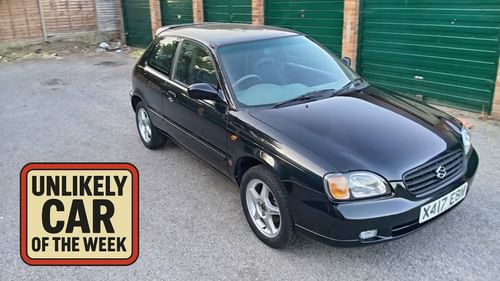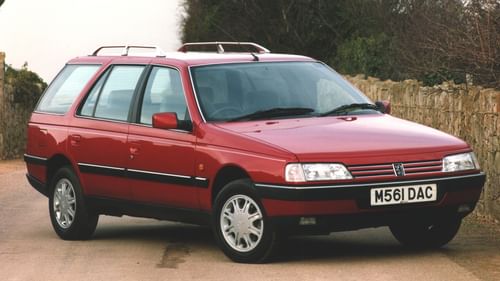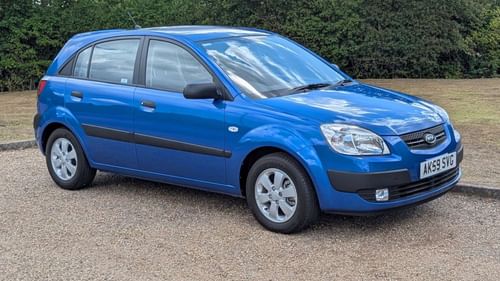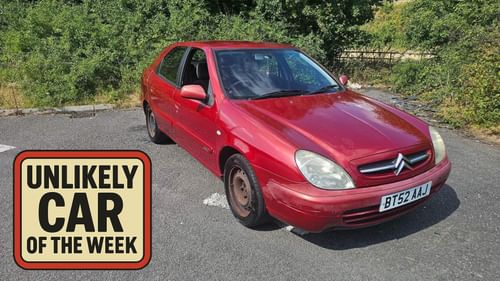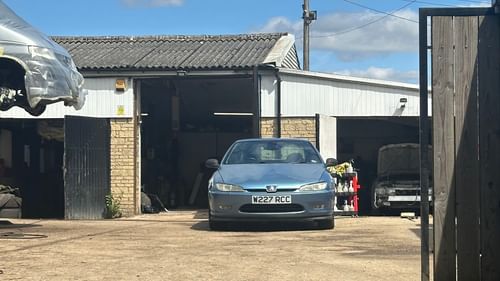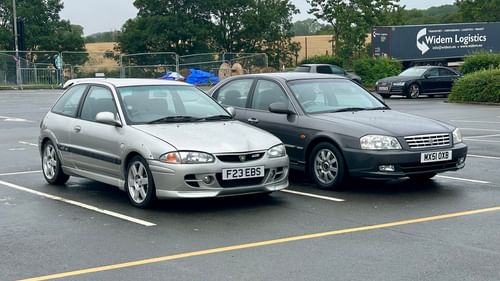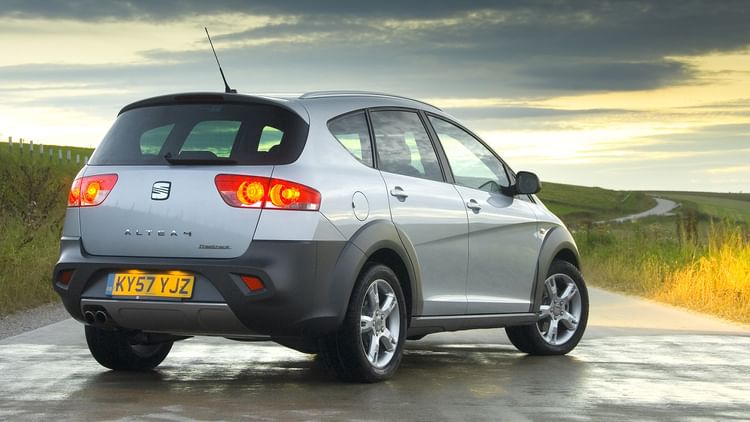
The mid-to-late 2000s was an odd period for car design. Many manufacturers, with one eye on what Nissan was planning with the Qashqai, went lifestyle crazy, creating vehicles for the great outdoors.
Not all of them were SUVs. For every Toyota RAV4, Honda CR-V and Land Rover Freelander, there was a lifestyle version of an estate car or MPV. The period immediately before the SUV rose to dominance – roughly 2007 to 2010 BC (before crossover) – delivered several oddities, including the Seat Altea Freetrack 4.

It wasn't quite the lifestyle vehicle we were promised at the 2007 Geneva Motor Show, when the Colombian singer Shakira was one of the first people in the world to sit inside the Seat Altea Freetrack Prototype. Lucky for her it featured a Haldex four-wheel drive system, making it perfect for climbing remote parts of the Andes in search of freckles.
Highlights included 310mm of ground clearance, a body 60mm wider than the standard Altea XL, 19-inch alloys, 2+2 seating and a tailgated-mounted spare wheel. Power was sourced from the 237hp 2.0-litre petrol engine found in the Leon Cupra, creating what Seat described as a ‘roaring sports car’. A bit of a stretch, but that's motor show press releases for you.

The production version was unveiled at the Barcelona Motor Show in June 2007 and looked more small and humble than the prototype. Gone were the spare wheel on the back, the painted bumpers, 19-inch alloys and huge ground clearance, but the Altea Freetrack 4 did feature four-wheel drive, a 40mm raised ride height, plastic panels, 17-inch alloys, chocolate brown interior plastics and a roof-mounted DVD player for rear-seat passengers.
Still want that iPad in 2024, kids? Actually, you probably do.

Seat threw the kitchen sink at the Freetrack 4, which featured climate control, cruise control, parking sensors, rain-sensing wipers, rear door blinds, six airbags and bucket seats from the Altea FR. There was a choice of two engines: a 168bhp 2.0-litre diesel or a 2.0-litre petrol producing 197bhp.
The majority of buyers opted for the diesel, which is a shame, as the petrol engine turned the Altea Freetrack 4 into a sort of Golf GTI with four-wheel drive, before the four-pot Golf R was a thing. A ‘roaring sports car’, if you like.

Reviewing the Altea Freetrack 4 for CAR, Richard Aucock called it ‘surprisingly fun’ and an ‘unlikely back-road pleaser’. He added: ‘It's the 2.0-litre petrol that's the real match. Rev-happy and fast, it's lively and complements the rest sufficiently to make you muse what a Golf GTI 4motion would be like. It rides better than most Seats, too.’
He added: ‘You could also drive it like an Impreza WRC, as we did. On-road responses transfer off-road, so it's agile and chuckable, with lots of feel and the most delightful power oversteer out of gravelly hairpins. You wouldn't believe the amount of opposite luck you need at times. Huge hooligan fun.’
Stick a spare wheel on the tailgate and a bull bar and rally lights on the front, and you've got yourself a Spanish version of the Subaru Impreza Gravel Express. And that's the deal, my dear.

Unfortunately, at around £20,000 (£31,500 today), the Freetrack 4 was comfortably the most expensive version of the Altea/Altea XL, so sales were slow. The other problem was the rise of the SUV, with the Qashqai inspiring a legion of me-too alternatives. Seat was one of the slowest brands to respond, with its first SUV not arriving until 2016.
According to DVLA data, there are around 350 Freetracks left in the UK, only 50 of which have a petrol engine. Prices range from £1,500 to £2,500, depending on the condition and mileage. Naturally, Petrolblog is tempted to grab a petrol version, paint the front fog lights yellow, do a Gravel Express makeover, and marvel in the majesty of the chocolate brown interior.
Whenever, wherever, we're meant to be together.

